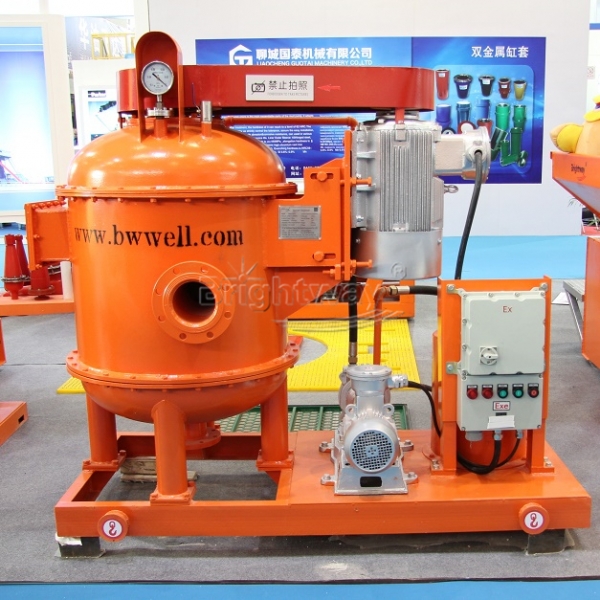The proper use of vacuum degassing and/or pressurizing can make the difference between a mediocre casting and a perfect casting.
Some materials, by their chemistry, are either very thick or contain a lot of surface tension and therefore entrap air very easily, creating
unwanted bubbles in the molds or parts.
Here you see our Freeman 1090 clear urethane. In this first example, we poured the material into a beaker without degassing or applying
pressure. In the second example, we vacuum degassed the material before pouring – notice the absence of bubbles in the casting. We
placed our third example in a pressure pot while curing. Again, we have no visible bubbles.
Other materials, such as our opaque urethanes and silicone rubber, do benefit from vacuum degassing. However, whether it is essential
depends less on the material used and more on the demands of the project itself.
Vacuum Degassing
The first step in vacuum degassing is pouring our mixed material in a larger container because it will rise during the degassing process.
Here, we’re using the The Gas Vac II – note the chamber size is large enough to hold a five gallon pail.
We set our material at the bottom of the chamber.
Note the rubber O-Ring gasket and the clear lid, which allow you to know when you are done and also alert you if something is going to
overflow.

We start the pump with the valve open – notice we can still lift the lid.
Now with the pump warmed up, we close the valve and the gauge immediately shows the negative pressure created inside the unit.
Notice the mixture start to rise.
You have to pull at least 29 inches of mercury in order to completely degas a polyurethane elastomer or silicone rubber.
There are cheaper degassing units available that only pull 26 or 27 inches of mercury. These units often do more harm than not degassing
at all as the bubbles will expand, but they won’t break until at least 28 inches of mercury is reached. This is why Freeman only sells the Gas
Vac II, an industrial-grade machine featuring a 6 cubic feeet per minute pump that pulls 29.9 inches of mercury in about 90 seconds. This
machine lasts for many years and requires very little maintenance. The unit you are watching has only required two oil changes in over
twelve years.
Some materials will break down and then self-level, indicating the degassing process is complete. Other materials will rise and then fall, but
not completely self-level. Rather, they will continuously break in a constant motion, indicating they are done.
Make sure you open the valve and release the pressure slowly before turning off the pump.
Our material is now ready to pour.
Pressurizing
In some instances, the use of a pressure pot after your casting is poured is enough to eliminate visable air entrapment. While not practical
for large castings, a pressure pot connected to an air compressor will squeeze air bubbles in a casting into a virtually undetectable size.
When using a closed mold, we often use both vacuum degassing and pressure since the pressure pot also assists the urethane in filling the
entire cavity.